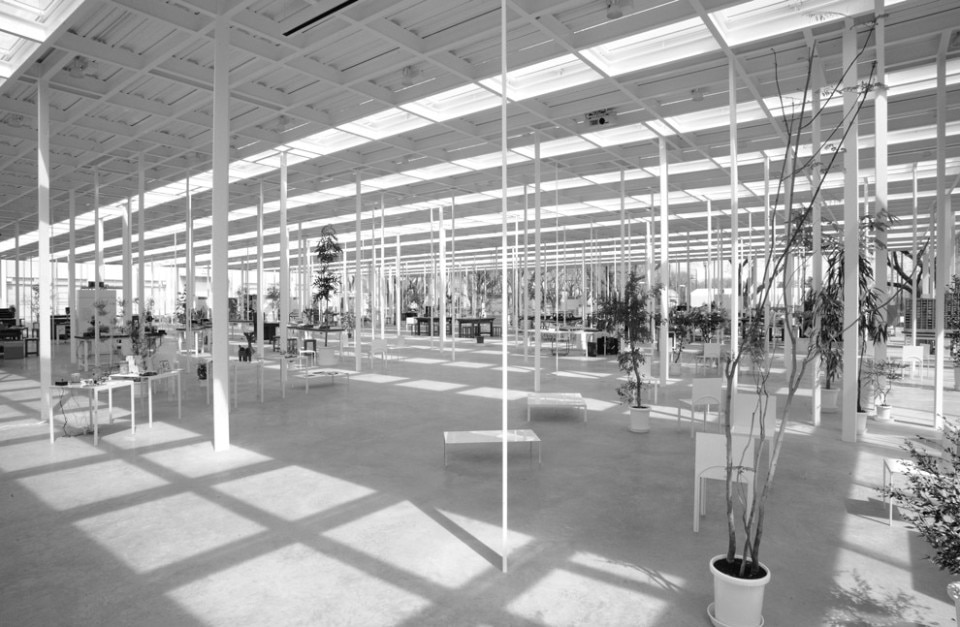A few centimetres: the thickness of the 305 steel pillars supporting a 2,000-square-metre canopy at the Kanagawa Institute of Technology workshop in Japan (2008). Three millimetres: the unsettling thinness of Magic Table (2006), whose largest size measures no less than 18 square metres, resting solely on its 4 corners. Four metres: the height reached by the Architecture as Airinstallation at the Venice Architecture Biennale in 2010 right before it crashed to the floor a few hours before the grand opening. Fragile: no adjective could more appropriately describe the Japanese architect Junya Ishigami’s best projects. Proudly, they declare their seemingly precarious balance – the result of high-precision research on the potentials of each building material.
Despite being a blatant structural failure, the Biennale awarded the beautiful, barely visible ruins of Architecture as Air a Golden Lion, opening a whole new phase in the career of this Japanese architecture prodigy.
Born in Kanagawa, Japan in 1974, a former collaborator of the Pritzker Prize winner Kazuyo Sejima, Ishigami has been relentlessly investigating specific design topics over the last decade – above all, an imperative issue of continuity between the inside and the outside, architecture and landscape, natural and man-made materials. His explorations are found in a wide range of projects, including the House with Plants in Tokyo (2012), the astounding Chapel of Valley in Shandong, China, and a glass pavilion in Vijversburg Park, The Netherlands (2017).
In 2018, an exhaustive monographic exhibition at the Fondation Cartier de l’art contemporain in Paris confirmed, if ever proof were needed, that Ishigami can now be counted among the stars of worldwide architecture. It also underlined how his one-of-a-kind environmental sensibility and uncannily poetical design language can appeal to a very wide public.


